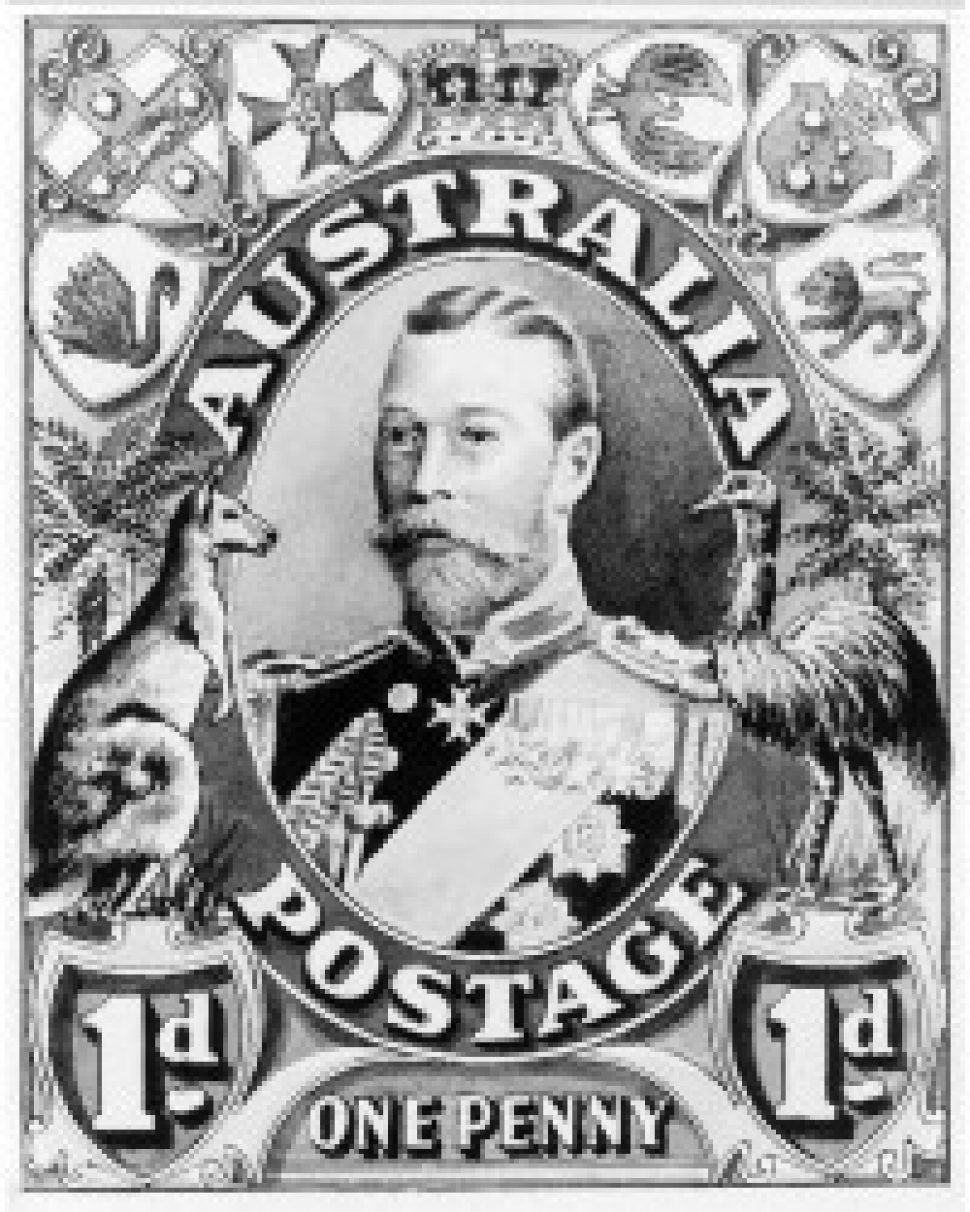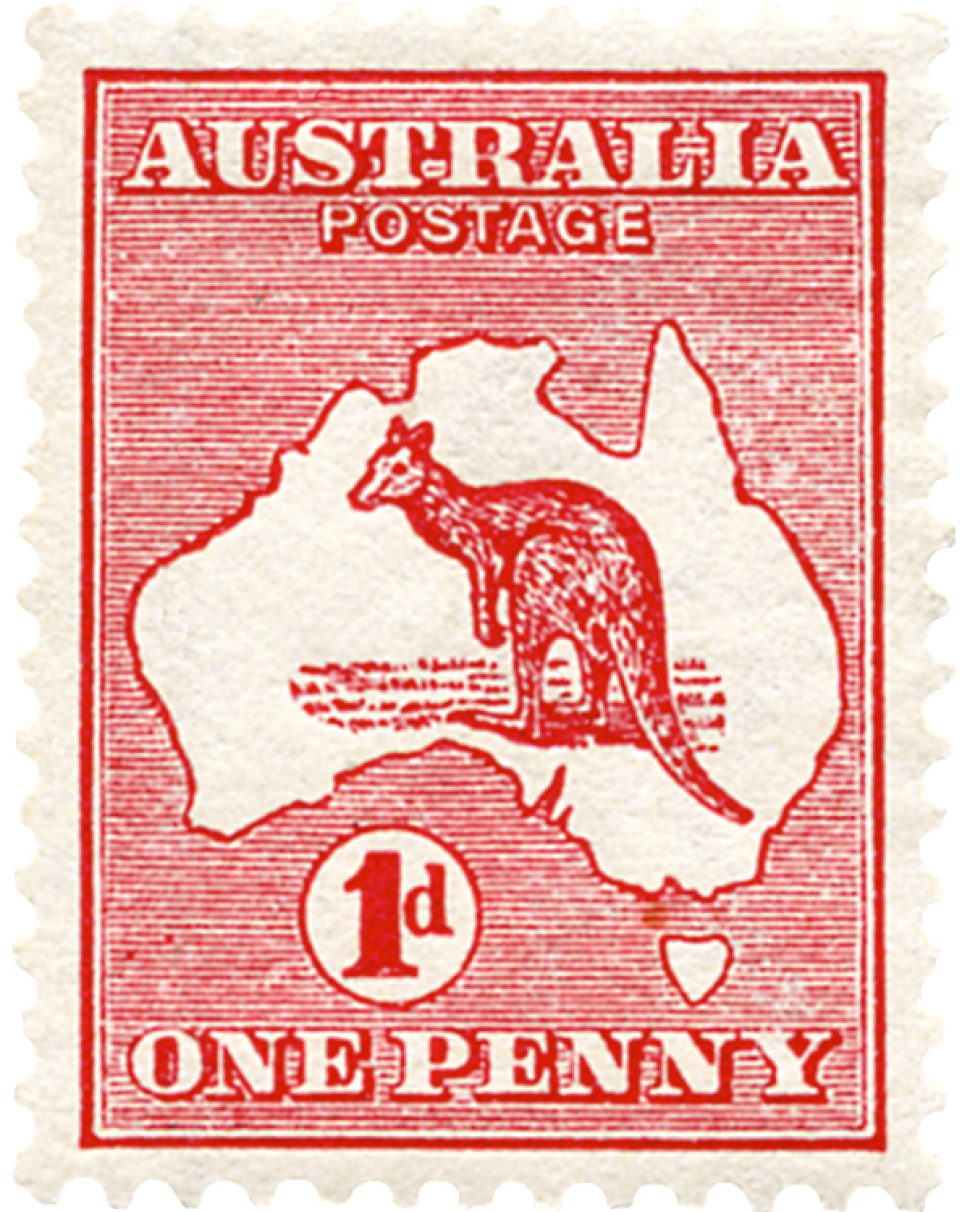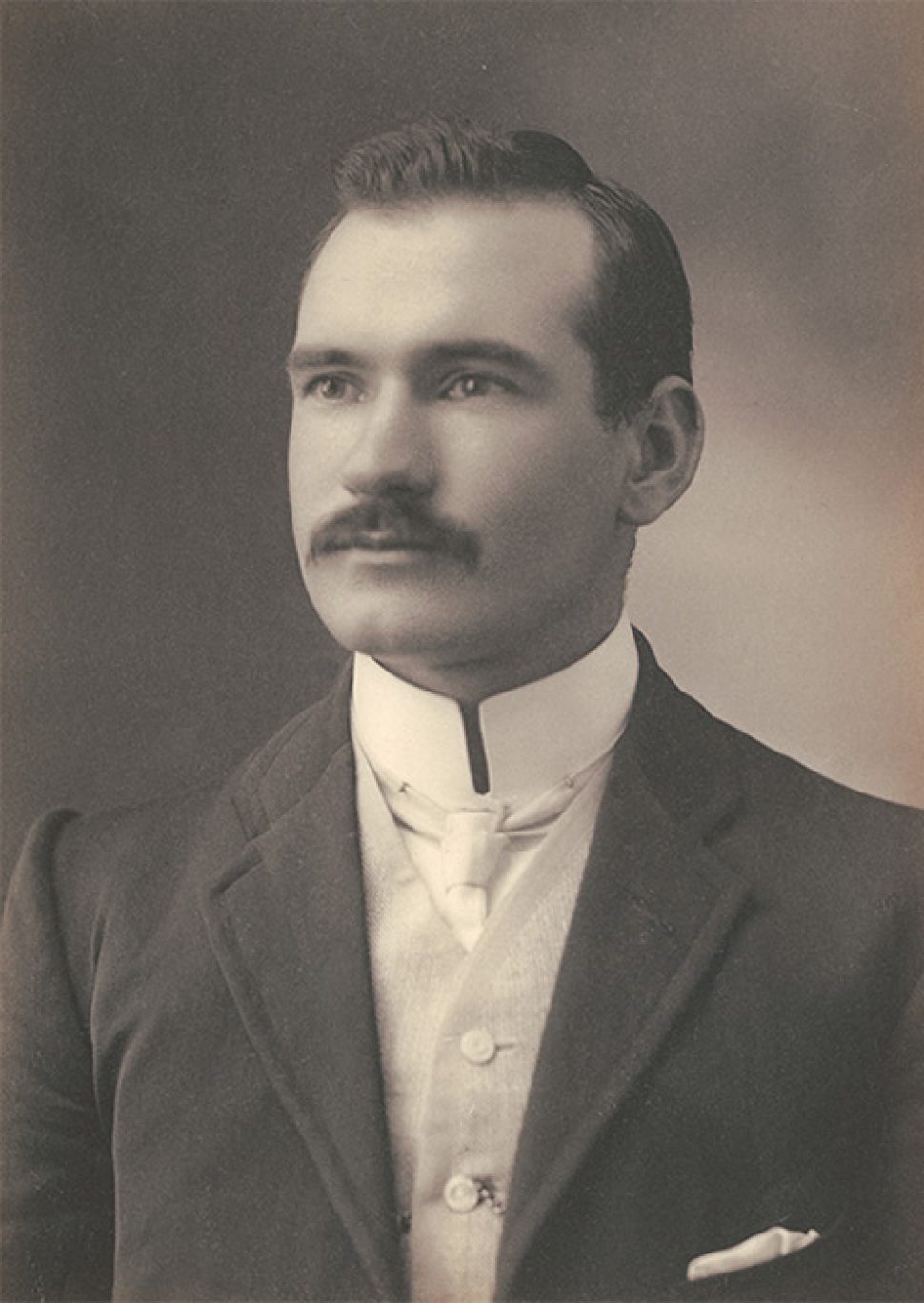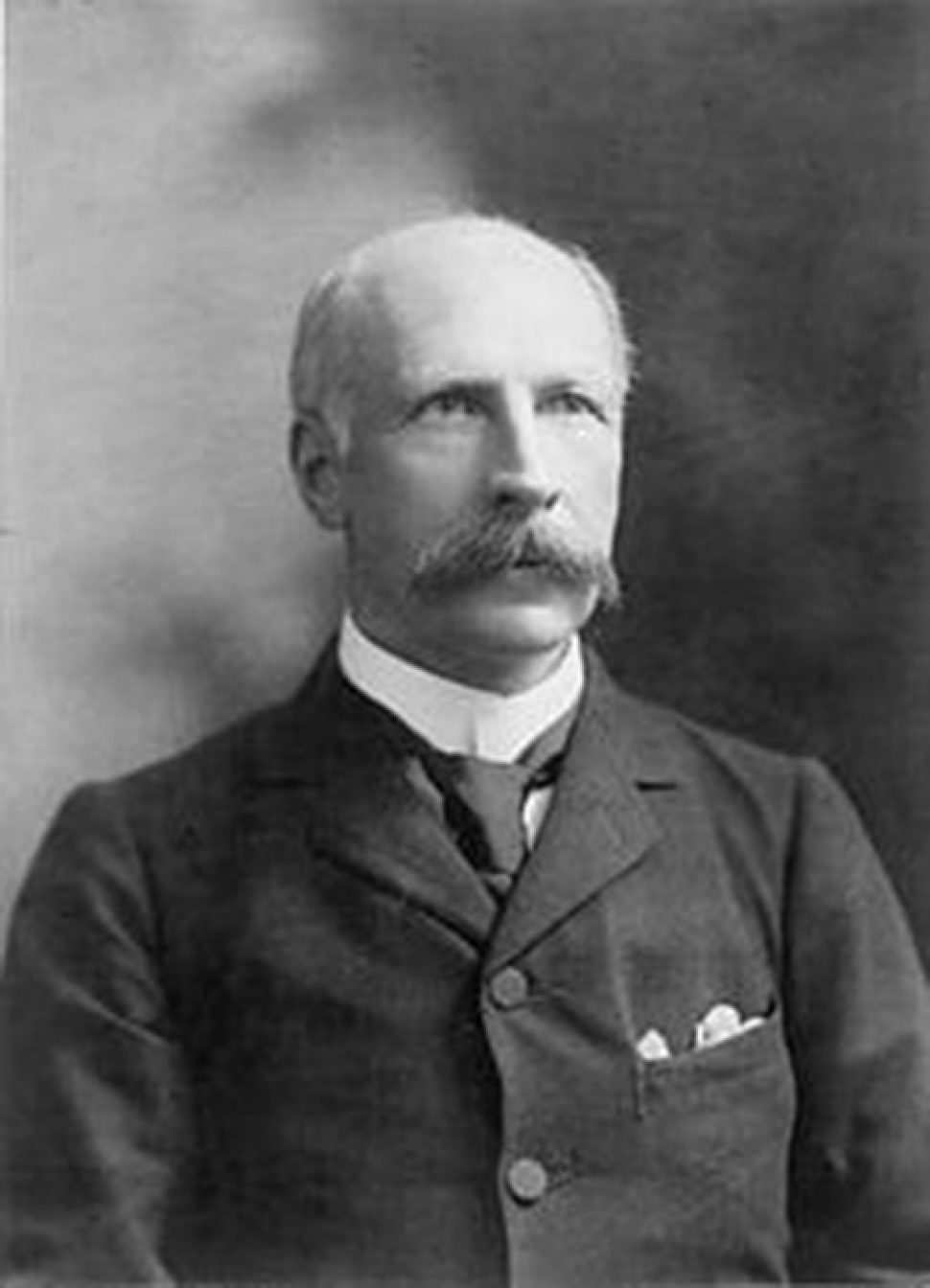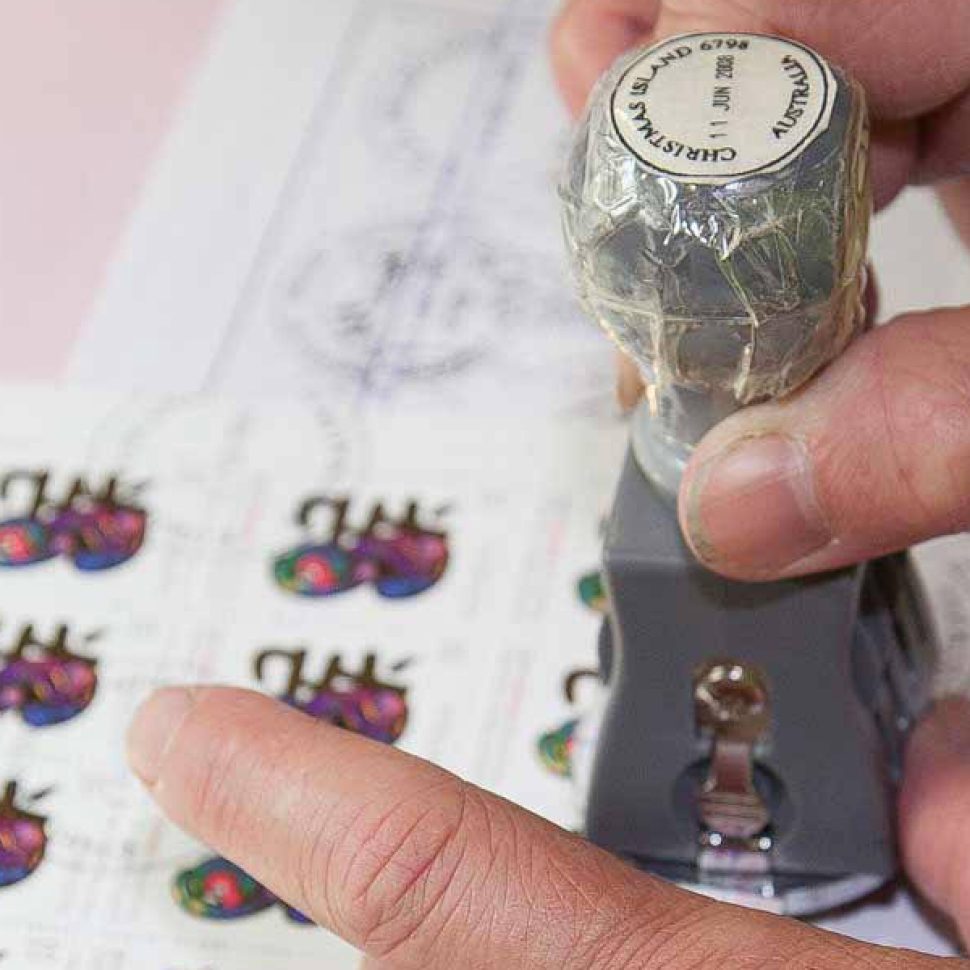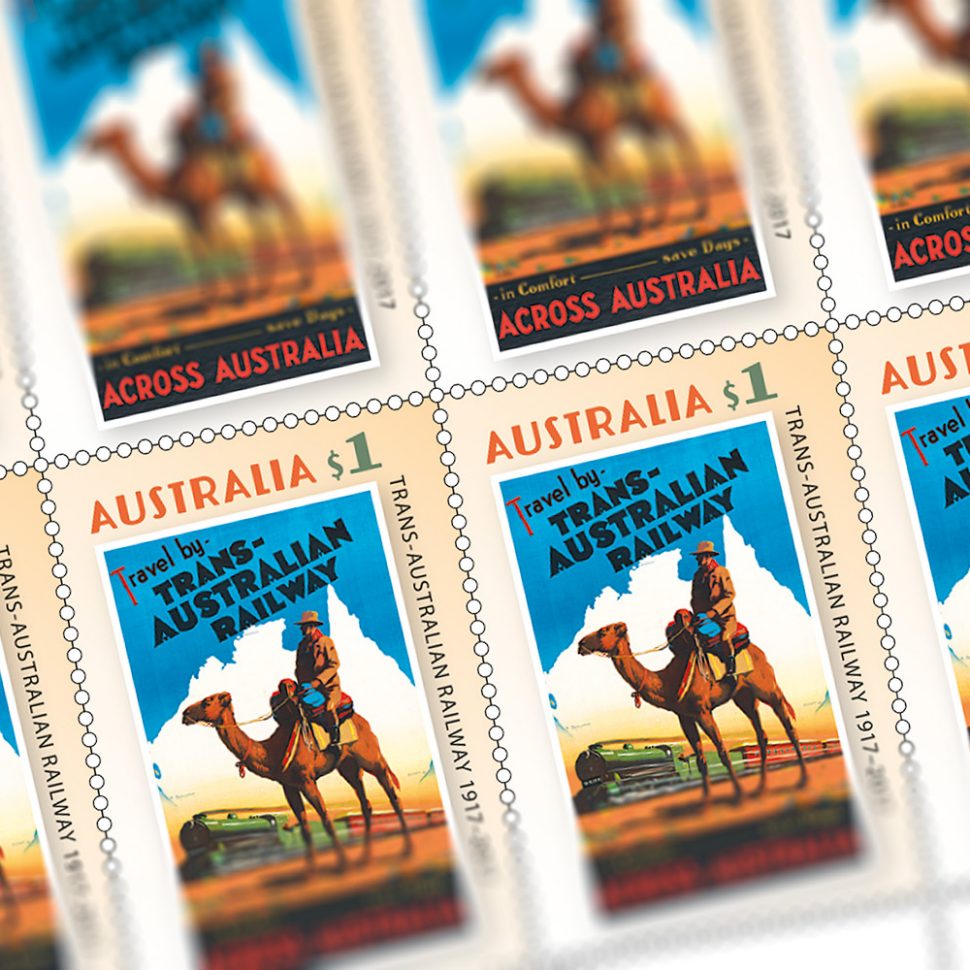With this new series we take a look at Australian stamps through the ages, in this article focusing on stamps post 1901 Federation.
Federation in 1901, gave Australia a single, national postal system – the Postmaster-General’s Department – which replaced six separate colonial systems. Collectors eagerly anticipated an imminent release of Commonwealth stamps to supersede separate issues of colonial (now state) stamps. It was not to be.
The Postmaster-General’s Department decided immediately after Federation to continue producing stamps for each state, and the stamps would only be used for postage in the state concerned.
The Federal Constitution specified that state governments would be reimbursed with the surplus revenue earned by departments transferred to Commonwealth control. These ‘book-keeping’ arrangements applied until 1910 and as a result, the state postal systems operated independently in order for surplus revenue to be calculated accurately. In turn this meant separate stamps were maintained for use for each state.
Until 1910, the public could only use state stamps for postage in the state represented – stamps of the other states were not valid. State stamps were eventually made interchangeable for postal use in 1910, although it was not until 1913 that state stamps, most of which features a youthful Queen Victoria, were finally replaced by a uniform series of Commonwealth stamps.
When the surplus revenue financial arrangement ceased in October 1910, the way became clear to introduce uniform Commonwealth stamps. To find a suitable stamp series, in January 1911 a public competition was held to produce the first Commonwealth stamp design that “must contain features characteristic of Australia”.
The winning entry, chosen from 1,051 designs, was submitted by Herman Altmann of Melbourne, whose stamp featured King George V flanked by a kangaroo, emu, crown and shields of each state’s emblem.
However, Altmann’s winning design was never used for a stamp.
A newly appointed Postmaster-General, Charles Frazer, rejected the Altmann design. Frazer wanted a stamp that would be a more effective advertisement for Australia overseas, than one featuring only the King’s head.
To this end, Frazer arranged for a stamp design to be prepared featuring a kangaroo standing on an outline map of Australia.
The “exceedingly simple” stamp was widely mocked: the absence of the King’s head offended monarchists; the choice of a kangaroo as a symbol seemed ridiculous to some people; and the simplicity of the design was at odds with embellished stamps of the era.
However, the outbreak of World War I and another change of government during August – September 1914 prevented the plan for a complete replacement of the Kangaroo and Map stamps being carried into effect.
Instead, the Kangaroo and Map and George V stamps co-existed for nearly 25 years, until the accession of King George VI required an entirely new series of stamps to be issued (1937-38).
For some unexplained reason, the 2s Kangaroo and Map stamp was not replaced at this time and the stamp remained until 1948 as the sole survivor of Postmaster-General Frazer’s “advertisement of Australia”.
This article was produced at the time of publication and will not be updated.

